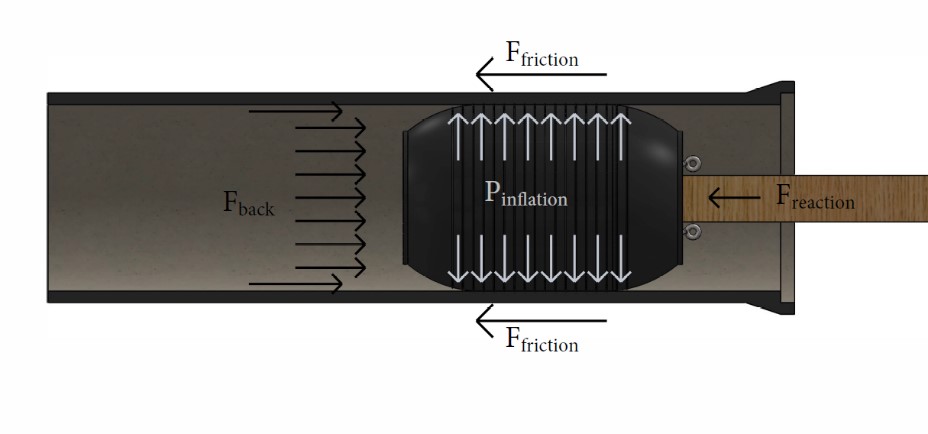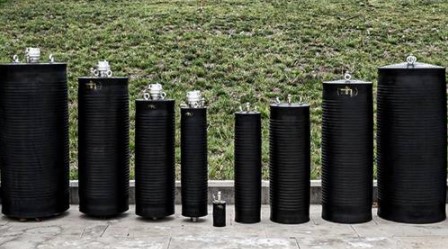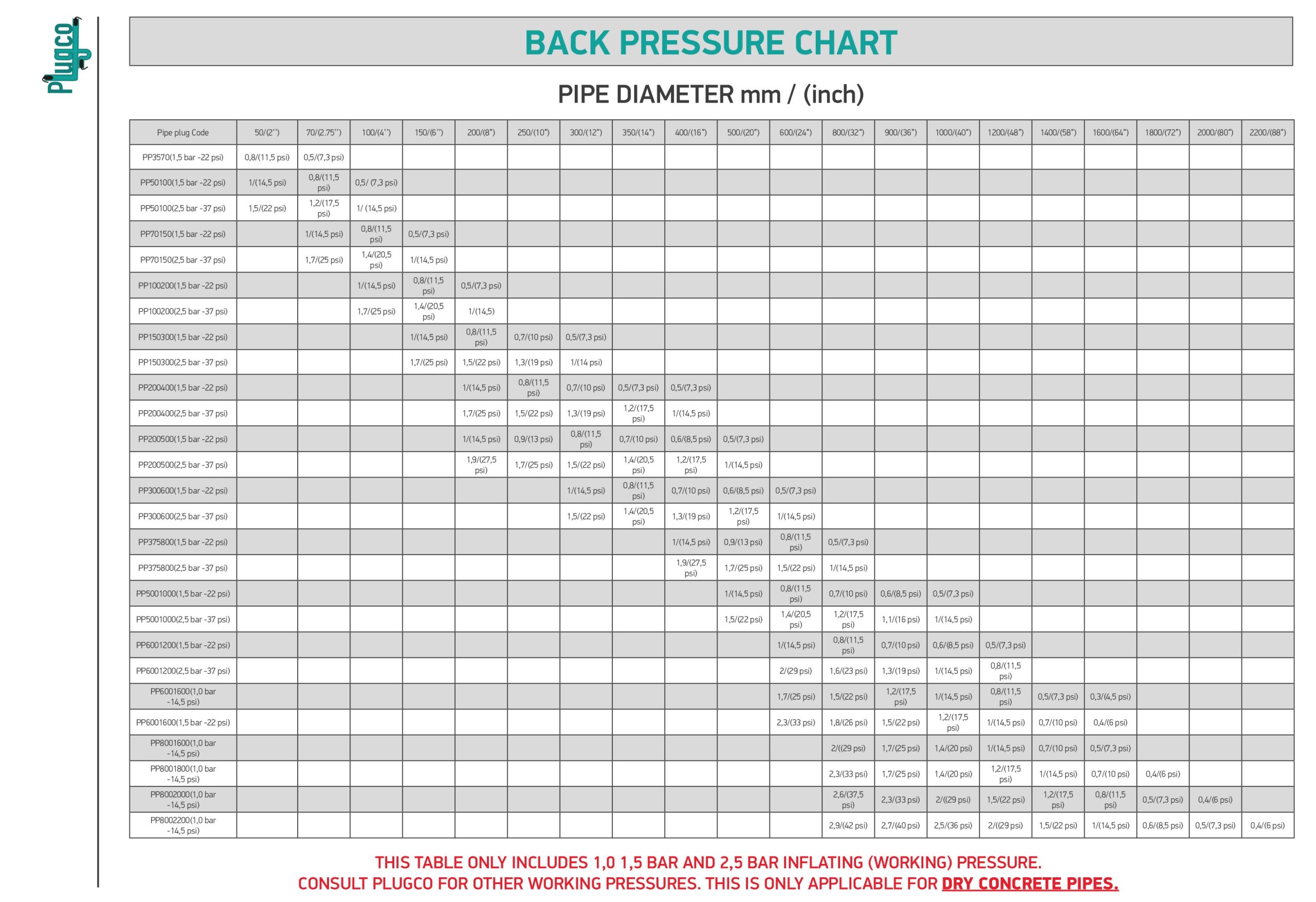Pipe Balloons, also known as plugs, are generally used to isolate the pipes in order to eliminate problems such as cracks, breaks and collapses in pipelines, used to carry any liquid, or to check whether there is leakage in the lines.
The Pipe Balloons have many different sizes and models that vary according to the place of use. You can find more detailed information about our products range to determine the balloon you need.
The way the system works in general is as follows:

1. The balloon is delivered uninflated into the line that does not have a valve system to cut off the flow.
2. Then the balloon is inflated with the pressure value mentioned on the plug’s label regardless the diameter and type of the line.
3. Due to the friction force between the surface of the balloon and the line, the balloon becomes unable to move. In this way, the balloon stops the remaining fluid and makes it possible to process in the line.
The most important factors to consider when using a balloon are the diameter of the balloon and the maximum back pressure it can withstand. Each of our products has variable diameter ranges. For example, our PP70150/1.5 model can be used on all pipes between 70 and 150 mm. You can find the maximum back pressure values that the products can withstand from the tables on our website and in our catalogue.
The most dangerous aspect of this process is when the balloon cannot withstand the back pressure and releases the flow during the maintenance-repair works carried out in the line after the flow is stopped. This causes the sliding of pipe plug which may burst and leads to big damages. Our company has products that will provide security against such dangerous situations that may occur during the operations, such as the alarm and pressure monitoring system.

Balloon for pipe isolation systems can be used in different types of pipes. Our products can be used in pipes with small diameters such as 35 mm in urban lines, as well as in pipes with large dimensions such as 2800 or 3600 mm in industrial uses.
